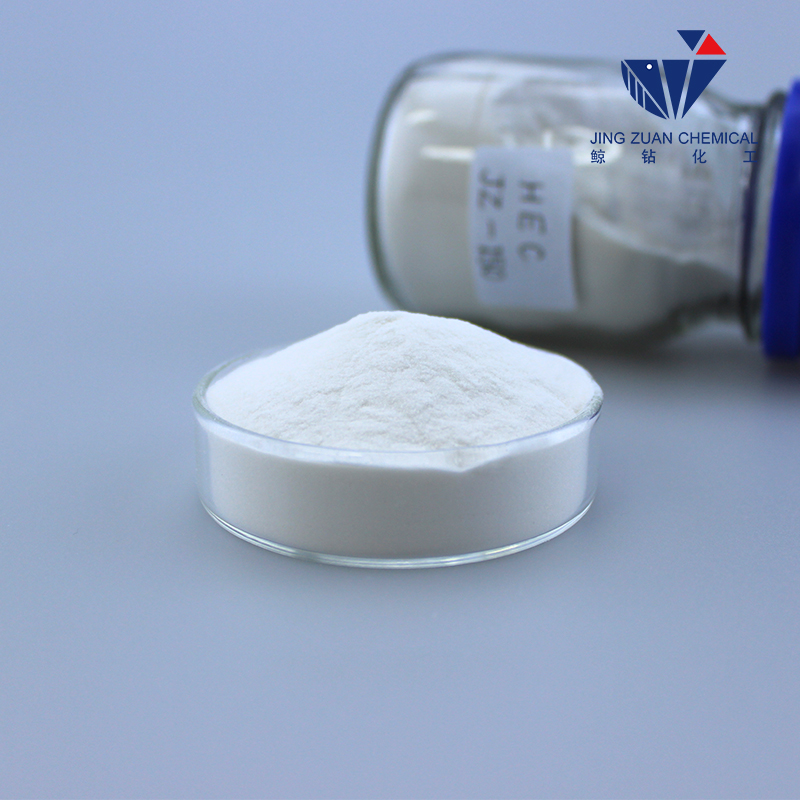
11-р сар . 20, 2024 12:51 Back to list
chemical structure of hpmc
The Chemical Structure of Hydroxypropyl Methylcellulose (HPMC)
Hydroxypropyl methylcellulose (HPMC) is a widely used cellulose derivative known for its versatile applications across various industries, including pharmaceuticals, food, cosmetics, and construction. Understanding the chemical structure of HPMC is crucial for comprehending its functional properties and applications.
Chemical Composition
HPMC is derived from cellulose, a natural polymer found in the cell walls of plants. The chemical formula for pure cellulose is (C6H10O5)n, where 'n' indicates the degree of polymerization, or the number of repeated units. HPMC is synthesized by the substitution of hydroxyl groups (-OH) in cellulose with hydroxypropyl groups and methyl groups. This modification not only alters the physical and chemical properties but also enhances its solubility in water compared to cellulose.
The substitution process involves treating cellulose with propylene oxide and methyl chloride. The methylation occurs at C2, C3, or C6 positions of the glucose units, while hydroxypropyl groups can be introduced at the same positions. Due to this substitution, the degree and ratio of hydroxypropyl to methyl groups can be precisely controlled, yielding various grades of HPMC with different solubility profiles and viscosity levels.
Molecular Structure
The molecular structure of HPMC exhibits a backbone of glucose units linked by β(1→4) glycosidic bonds, similar to that of cellulose. Each glucose unit has three hydroxyl groups; however, in HPMC, a portion of these is replaced by hydroxypropyl and methyl groups. The presence of these substituents is crucial for the amphiphilic nature of HPMC, which displays both hydrophilic characteristics due to the retained hydroxyl groups and hydrophobic properties due to the hydroxypropyl and methyl substitutions.
HPMC exists in various molecular weights, which influences its rheological properties. For instance, lower molecular weight HPMC is more soluble in cold water and can produce lower-viscosity solutions, while higher molecular weight variants exhibit thixotropic behavior, meaning they behave as viscous fluids under stress but become more fluid when agitated.
Functional Properties
chemical structure of hpmc

The chemical structure of HPMC contributes significantly to its functional properties. One of the most important characteristics is its solubility. HPMC is soluble in both hot and cold water, and the temperature and concentration of the solution influence its viscosity. This solubility makes HPMC a valuable thickening agent, emulsifier, and stabilizer in formulations.
In the pharmaceutical industry, HPMC is often used as an excipient in drug formulations. It can serve as a binder, disintegrant, or controlled-release agent. The pharmaceutical-grade HPMC ensures the stability and bioavailability of active ingredients, enhancing drug performance.
In food applications, HPMC acts as a thickening agent and stabilizer, providing texture to various products, including sauces, dressings, and dairy items. Its ability to form gels and films also plays a role in enhancing moisture retention, critical for extending shelf life.
Applications in Other Industries
In the cosmetics industry, HPMC is used in various formulations, such as creams and lotions, due to its emulsifying and stabilizing properties. Its non-toxic nature and compatibility with other ingredients make it an ideal candidate for personal care products.
Moreover, HPMC is increasingly finding applications in the construction industry as a water-retaining agent in cement and mortar. Its ability to maintain workability and improve adhesion properties of construction materials highlights the adaptability and utility of this cellulose derivative.
Conclusion
In summary, the chemical structure of Hydroxypropyl Methylcellulose (HPMC) is a result of the modification of cellulose through the incorporation of hydroxypropyl and methyl groups. This unique structure imparts various functional properties, such as solubility, viscosity, and thixotropic behavior, making it suitable for a wide range of applications. Understanding HPMC's chemical nature enables researchers and industries to exploit its versatile uses effectively, contributing to advancements in pharmaceutical, food, cosmetic, and construction sectors. As research progresses, HPMC may reveal even more applications, solidifying its importance in both commercial and industrial realms.
-
Versatile Hpmc Uses in Different Industries
NewsJun.19,2025
-
Redispersible Powder's Role in Enhancing Durability of Construction Products
NewsJun.19,2025
-
Hydroxyethyl Cellulose Applications Driving Green Industrial Processes
NewsJun.19,2025
-
Exploring Different Redispersible Polymer Powder
NewsJun.19,2025
-
Choosing the Right Mortar Bonding Agent
NewsJun.19,2025
-
Applications and Significance of China Hpmc in Modern Industries
NewsJun.19,2025







